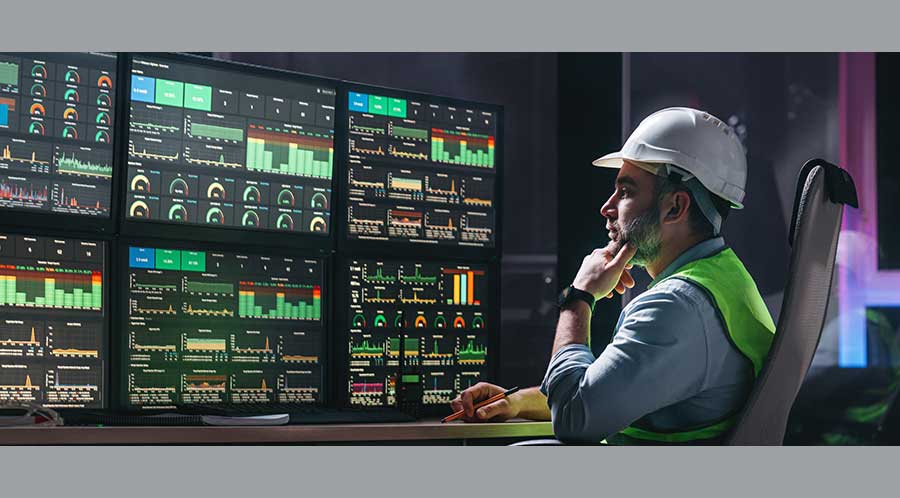Optimizing Your CMMS Solution
How much of your computerized maintenance management system (CMMS) does your department actually use? The answer to that question is not as straightforward as it might seem. My national survey of CMMS users indicates 94 percent of them use only 10 percent of the software's capacity and features.
Many institutional and commercial facilities use a CMMS as a recordkeeping tool. If that is all they want, a spreadsheet might suffice. Specified, installed and operated properly, a CMMS is a powerful tool that goes far beyond recordkeeping.
By not fully using the CMMS, maintenance and engineering departments are missing out on opportunities to save time and money. And as the utilization of CMMS increases, overall productivity and profitability also increases.
Spotlight On Benefits
A properly implemented CMMS increases technicians' overall productivity by improving the work-process flow, helping migrate from reactive to proactive mode, and incorporating PM optimization and trending analysis, among other benefits. It also will improve efficiency and customer satisfaction by organizing, distributing and managing maintenance-related information, as well as eliminating inefficiencies arising from information bottlenecks.
A CMMS provides all stakeholders with real-time information relevant to their responsibilities and activities. Maintenance technicians can obtain a prioritized list of open work orders.
Requesters can check status information without interrupting maintenance technicians. Service managers can view reports of backlogged work orders, including total estimated backlog hours. Top management can produce comprehensive reports profiling resource utilization and compliance requirements.
As part of a department's continuous-improvement program, a CMMS can be an excellent tool to identify non-value-added activities and shorten process cycle-times. Maintenance and engineering departments too often spend a great deal of time waiting for parts, approval, instructions and equipment. A CMMS can help managers identify the activities and equipment costing the department the most time and money, enabling them to analyze the situation and correct it.
A CMMS also can become a powerful tool for analyzing data and using that data to make meaningful decisions. For example, reviewing compliance with work-order schedules, ratios of PM and repair work orders compared to total work orders, and then taking the necessary corrective action.
Maintenance departments frequently gather readings on a variety of equipment, such as boilers and chillers. In a paper-based system, technicians and system administrators fill out forms out and file them away, too often never to be found again. Some companies have started using a CMMS to record and save readings of say, pressure and temperature. Using this data, technicians can identify abnormal readings and correct problems to prevent failures.
Once technicians have defined a certain range of values and criteria, the CMMS will issue a warning immediately upon the reading meeting those criteria. Maintenance planning also can automatically incorporate usage- and condition-based PM, as well as predictive and corrective maintenance, based on abnormal readings.
Related Topics:













